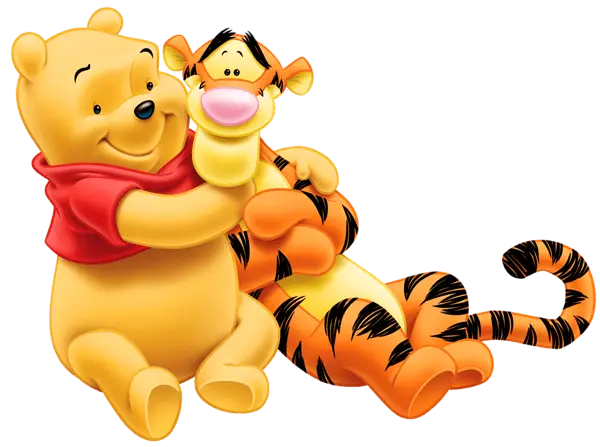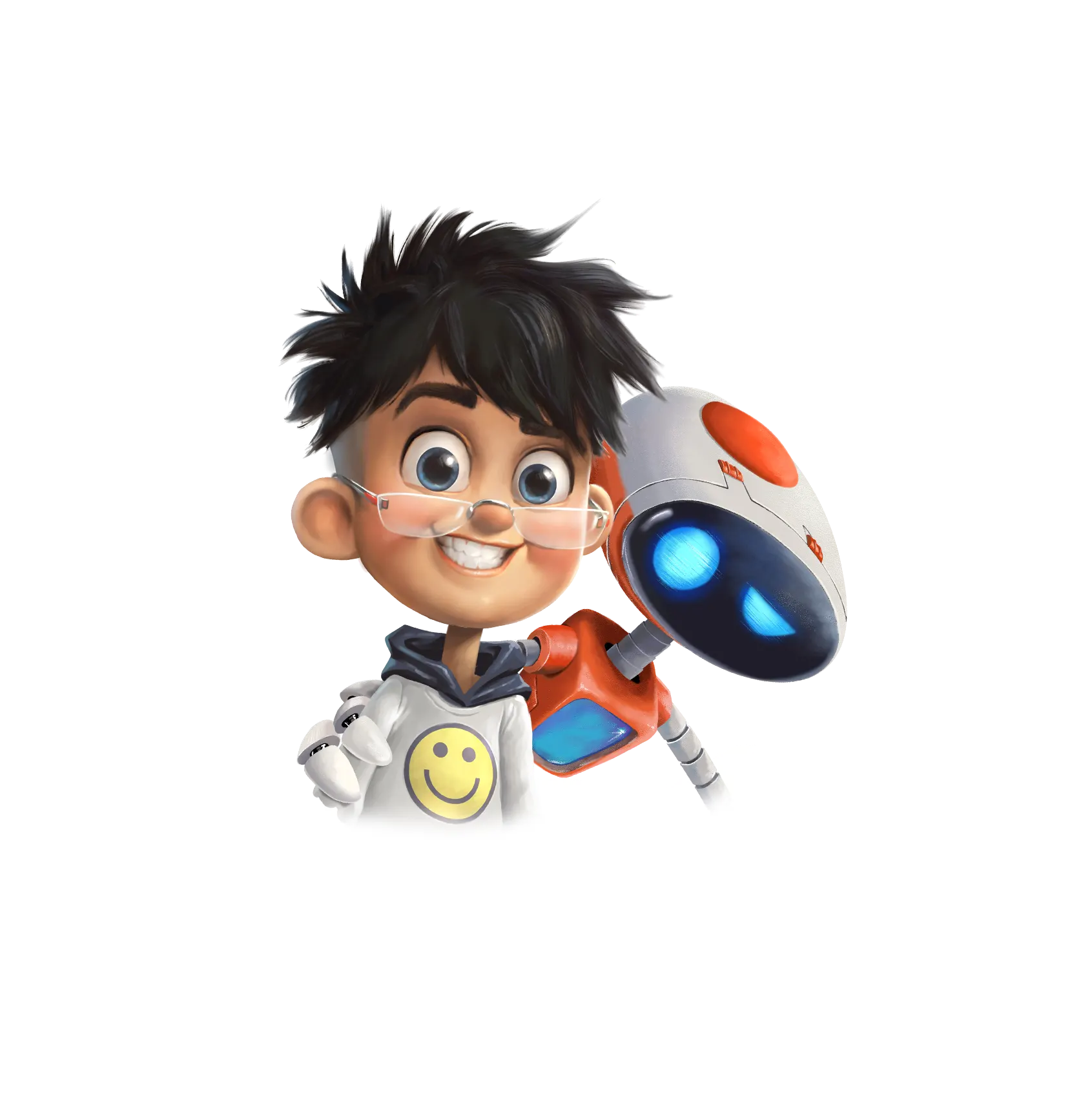In the realm of entertainment, particularly animation, we are witnessing a seismic shift—a revolution fueled by the exponential growth of streaming services. Gone are the days when traditional networks held a monopoly over animated content. With the advent of platforms like Netflix, Disney+, Hulu, and Amazon Prime Video, animation has found a new lease on life, ushering in a golden age of creativity and diversity.
Animation, once relegated to Saturday morning cartoons or niche programming blocks, has now become a cornerstone of streaming platforms’ content strategies. This shift has democratized the industry, providing a platform for storytellers from diverse backgrounds to showcase their talents and share their narratives with a global audience.
One of the most remarkable aspects of this evolution is the sheer variety of animation styles and genres available. From traditional hand-drawn animation to cutting-edge CGI, from whimsical children’s shows to mature-themed adult animation, there is something for everyone. Streaming services have embraced this diversity, recognizing that audiences crave fresh and innovative storytelling experiences.
Moreover, the accessibility of streaming platforms has allowed animation to transcend geographical boundaries. No longer bound by the constraints of traditional television scheduling, viewers can access a vast library of animated content at any time, from anywhere in the world. This accessibility has facilitated the globalization of animation, exposing audiences to new cultures, perspectives, and storytelling traditions.
Streaming services have also played a pivotal role in revitalizing classic animated franchises. By offering extensive libraries of beloved animated series and films, platforms like Disney+ have tapped into nostalgia while introducing these timeless stories to a new generation of viewers. Simultaneously, they have invested in reboots and reimaginings, breathing new life into cherished franchises and expanding their universes in exciting ways.
Furthermore, streaming platforms have become breeding grounds for experimental and boundary-pushing animation. Freed from the constraints of traditional broadcast standards, creators are exploring bold artistic visions and tackling complex themes with unprecedented depth and nuance. Shows like “BoJack Horseman,” “Rick and Morty,” and “Tuca & Bertie” have garnered critical acclaim for their willingness to push the boundaries of what animation can achieve.
The rise of streaming services has also democratized the production process itself. Independent animators and studios now have greater opportunities to produce and distribute their work, thanks to the lower barriers to entry and the ability to reach a global audience directly. This democratization of content creation has fostered a vibrant and diverse ecosystem of animation, where new voices and perspectives can thrive.
However, amidst this abundance of content, challenges remain. The sheer volume of available animation can make it difficult for individual titles to stand out and find their audience. Additionally, concerns have been raised about the sustainability of the streaming model, particularly regarding compensation for artists and creators. As the industry continues to evolve, it will be essential to address these challenges to ensure the continued growth and vitality of animation.
In conclusion, the rise of streaming services has heralded a new era for animation—one defined by creativity, diversity, and accessibility. From classic franchises to groundbreaking original content, animation has found a home on streaming platforms, captivating audiences around the world with its limitless potential. As technology continues to evolve and storytelling boundaries continue to be pushed, one thing is certain: the future of animation has never looked brighter.


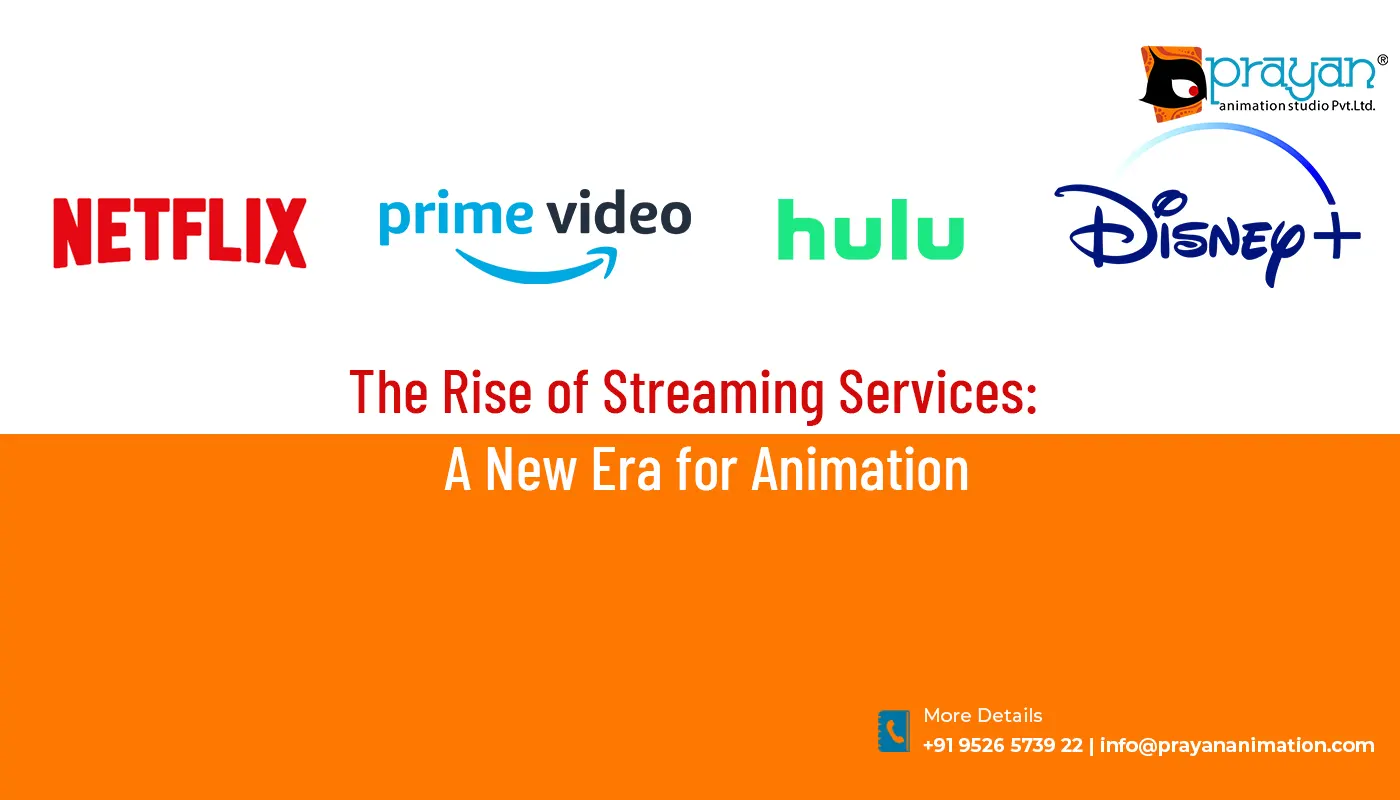
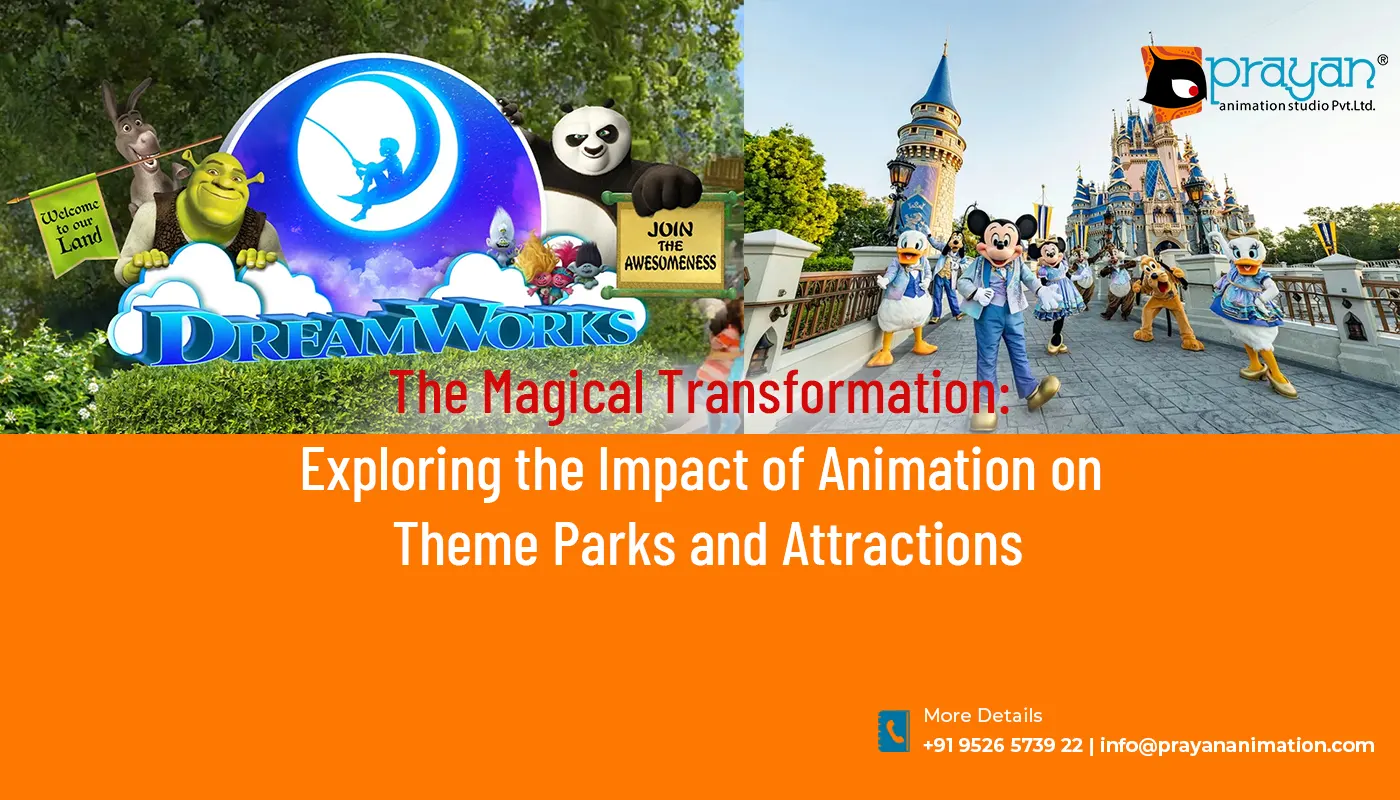



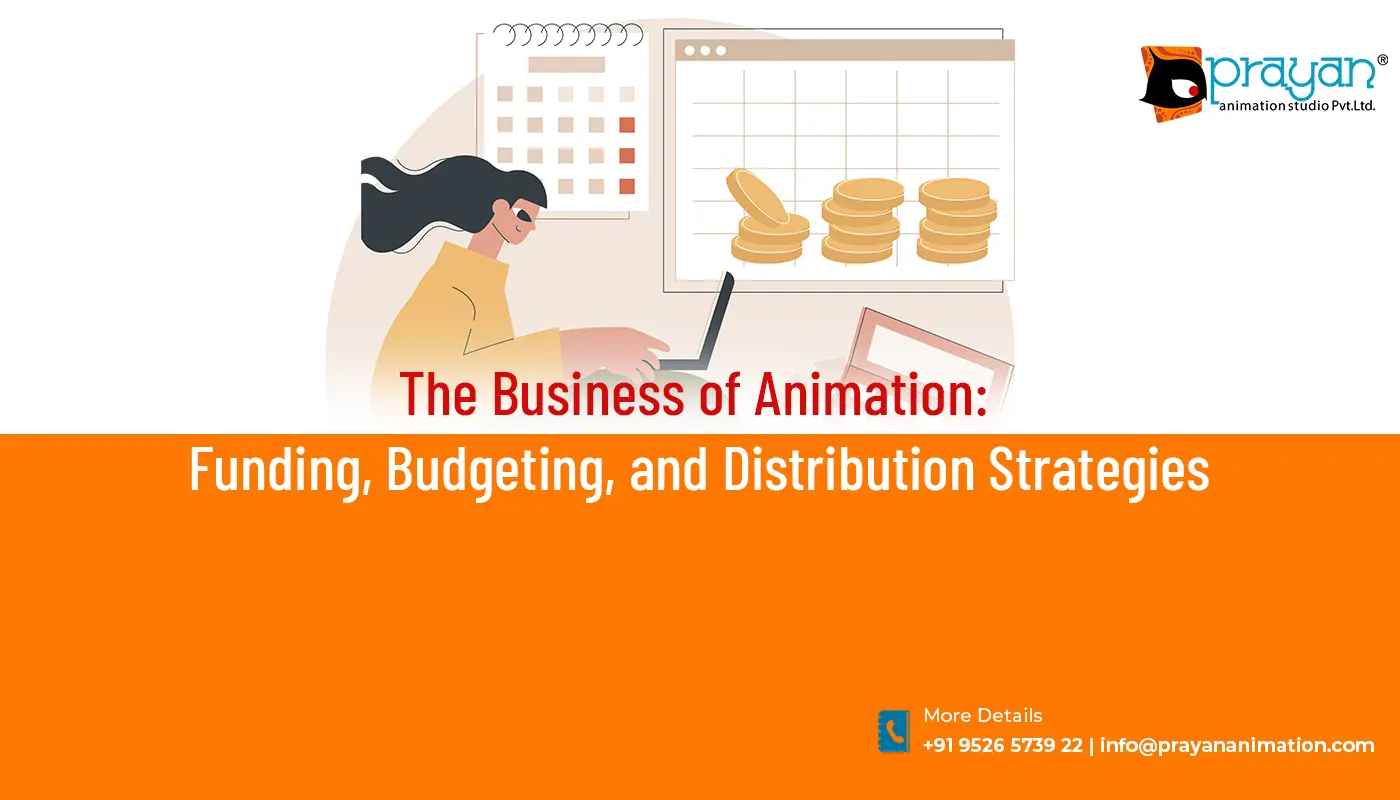
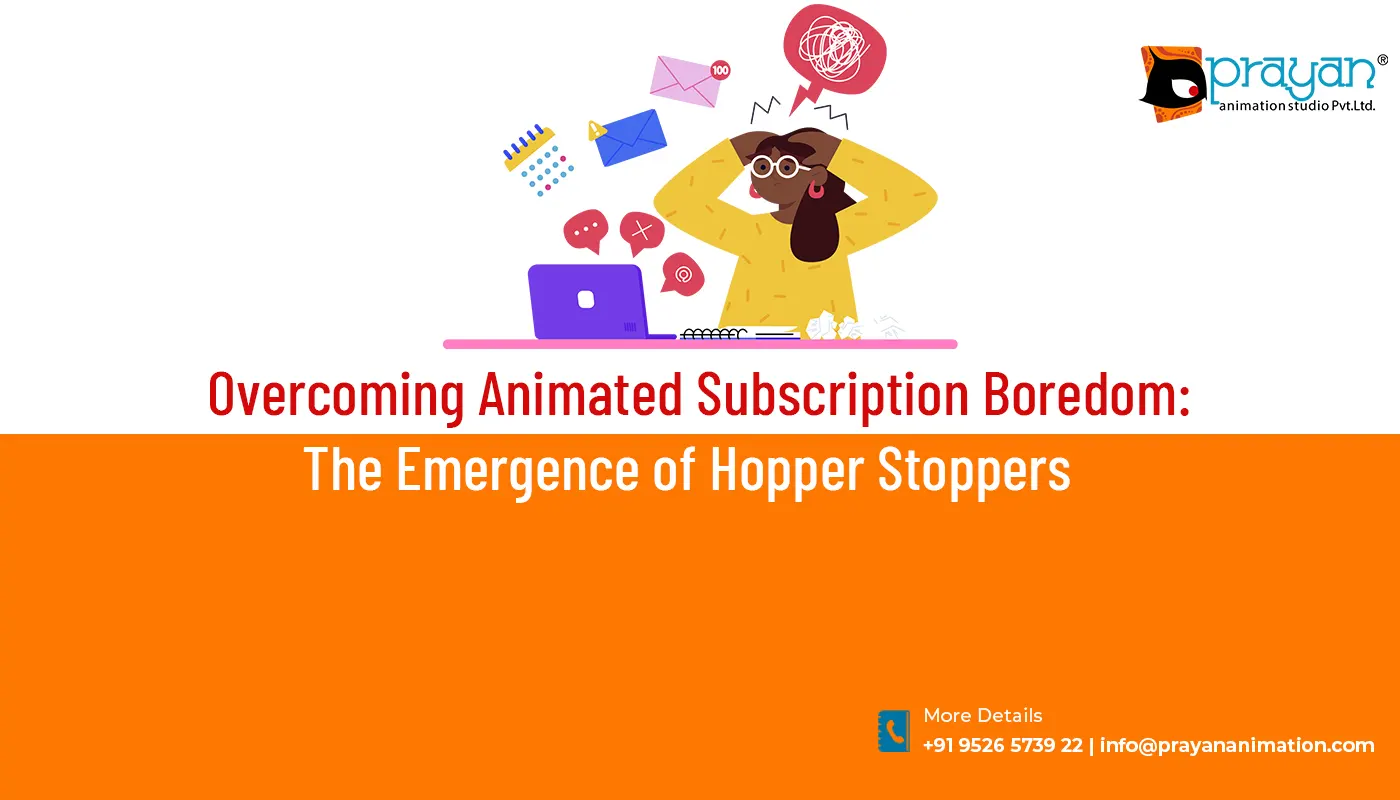
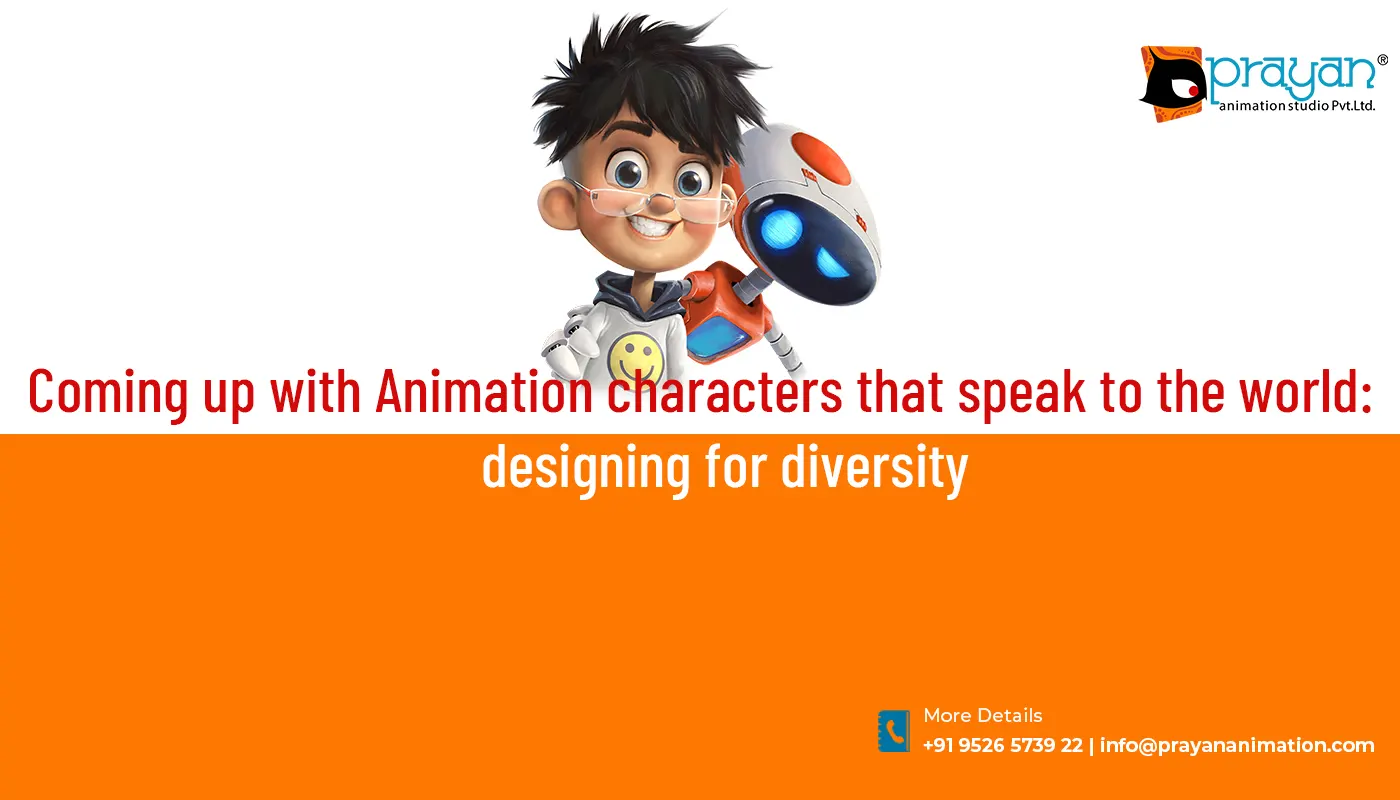

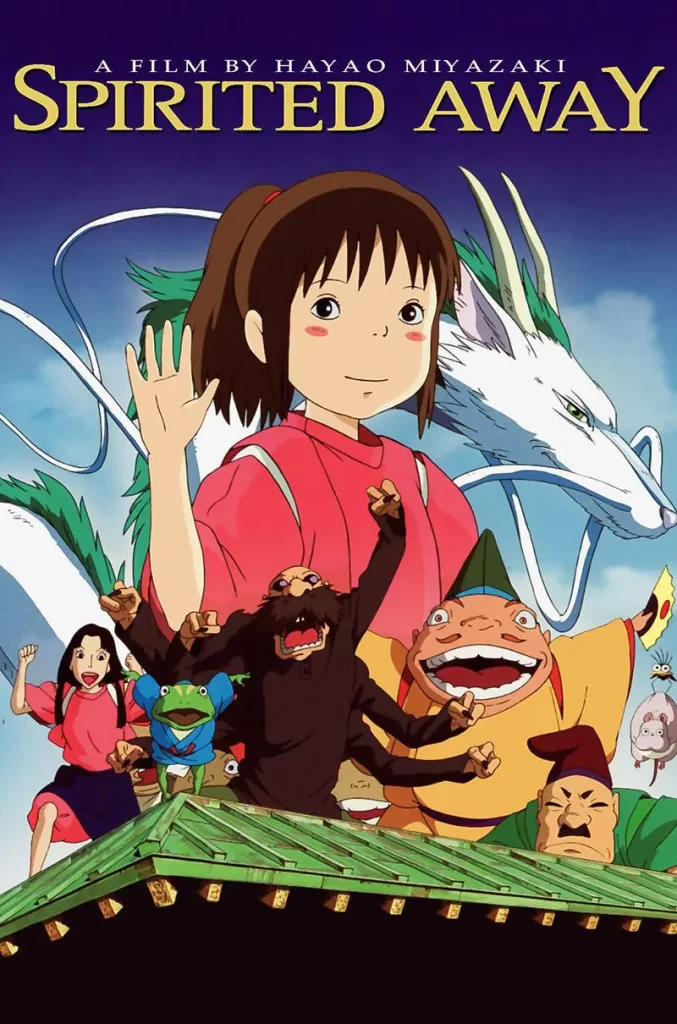
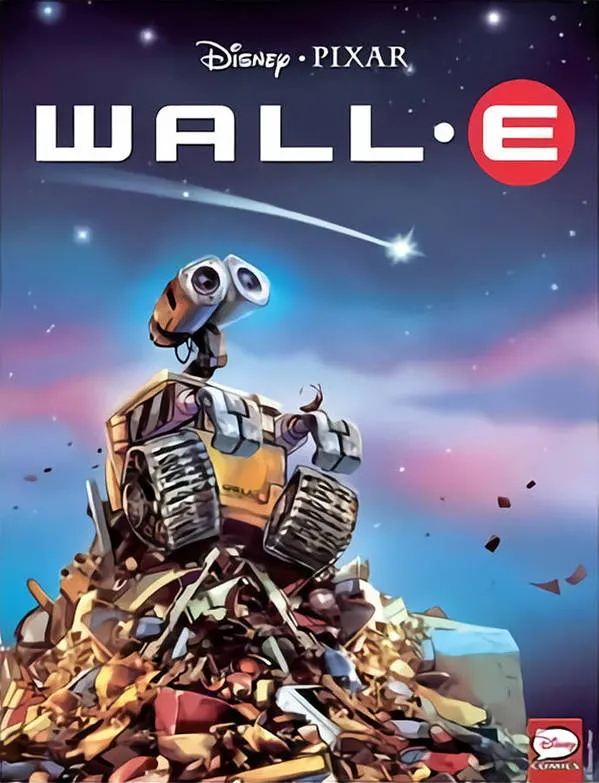
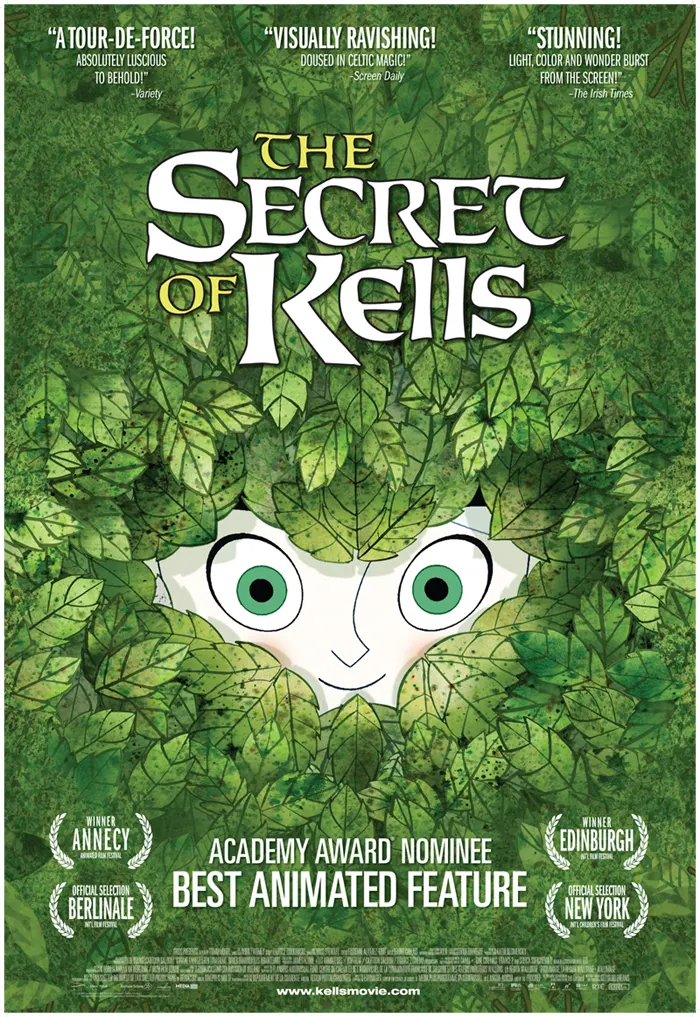
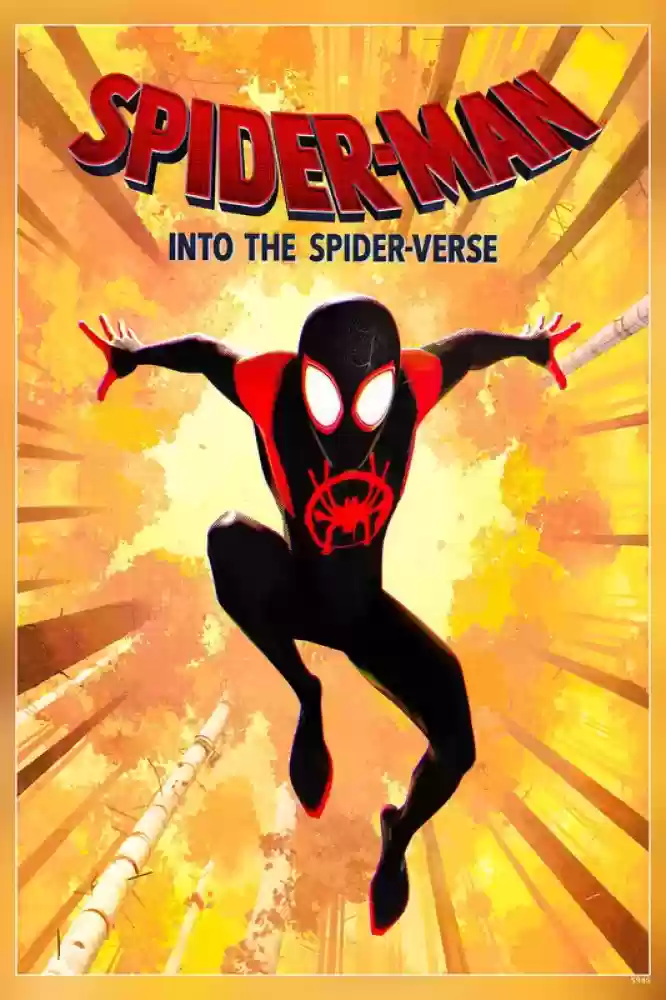
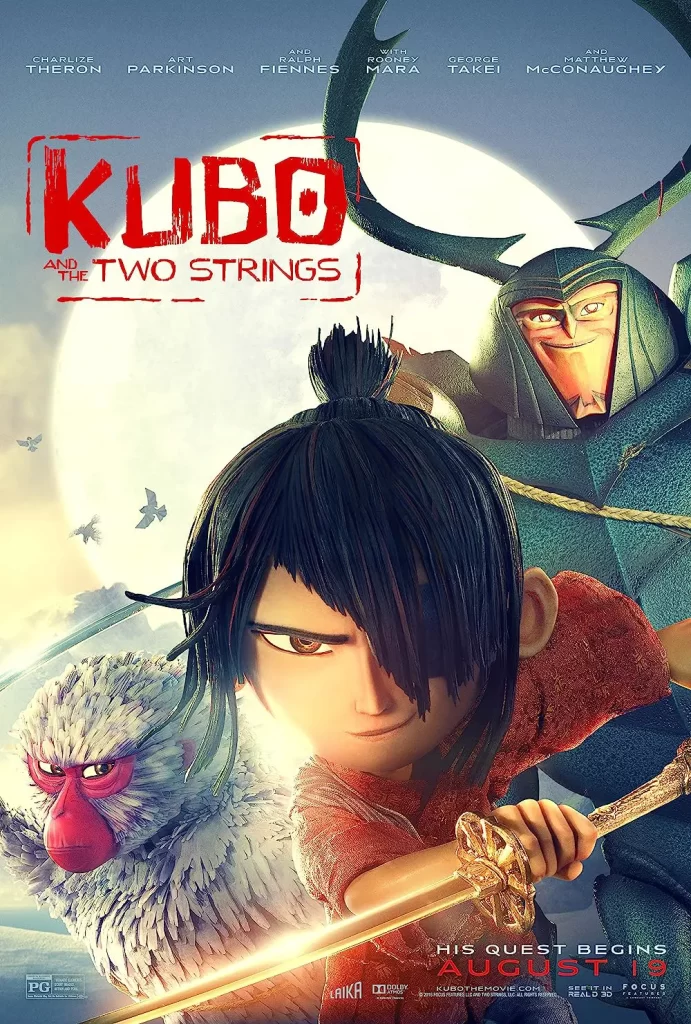

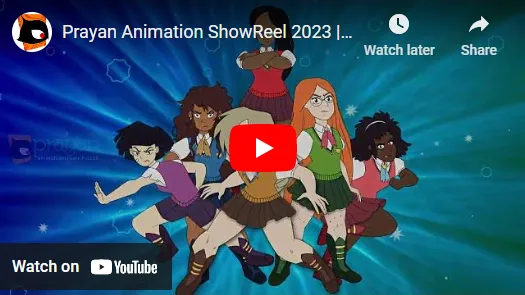
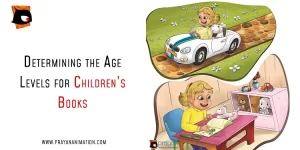
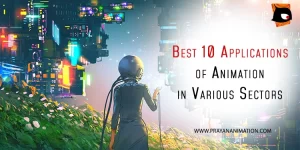
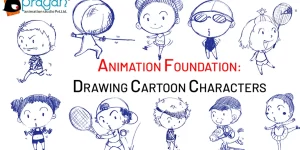
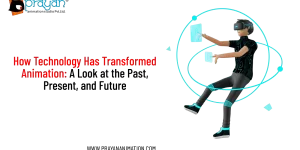
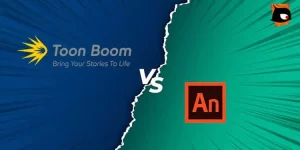
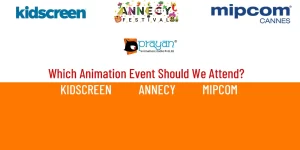
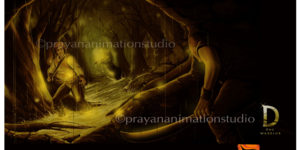
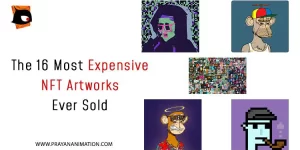
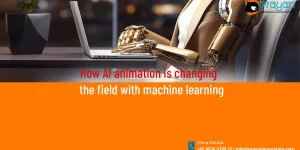
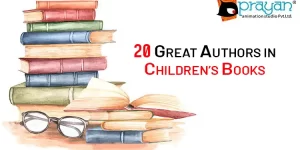
 We can help you.
We can help you. 

